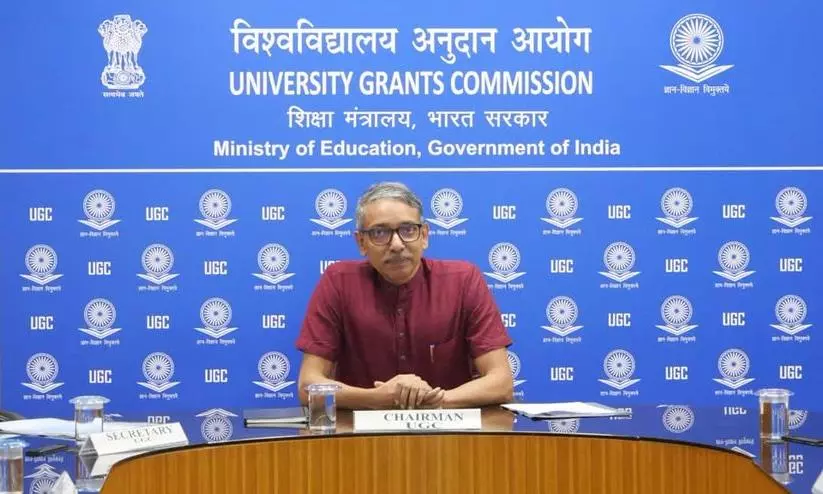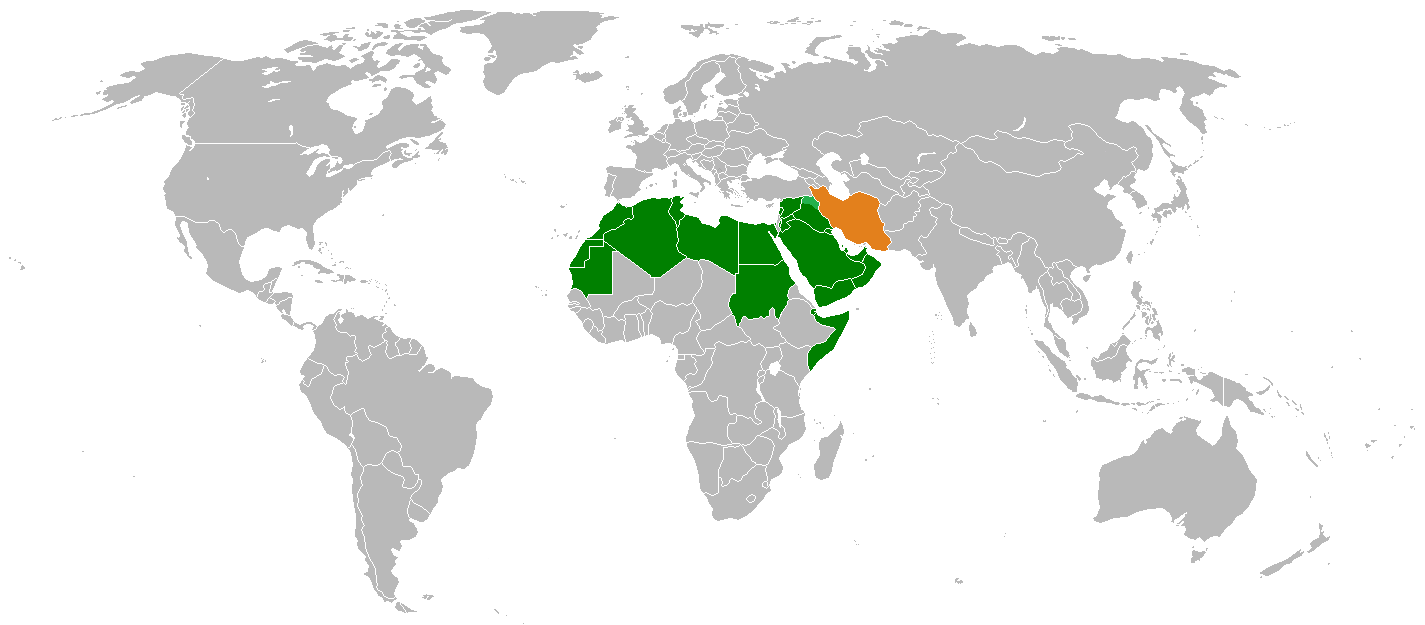- Courses
- GS Full Course 1 Year
- GS Full Course 2 Year
- GS Full Course 3 Year
- GS Full Course Till Selection
- Online Program
- GS Recorded Course
- NCERT (Recorded 500+ Hours)
- Polity Recorded Course
- Geography Recorded Course
- Economy Recorded Course
- AMAC Recorded Course
- Modern India, Post Independence & World History
- Environment Recoded Course
- Governance Recoded Course
- Science & Tech. Recoded Course
- International Relations and Internal Security Recorded Course
- Disaster Management Module Course
- Ethics Recoded Course
- Essay Recoded Course
- Current Affairs Recoded Course
- CSAT
- 5 LAYERED ARJUNA Mentorship
- Public Administration Optional
- ABOUT US
- OUR TOPPERS
- TEST SERIES
- FREE STUDY MATERIAL
- VIDEOS
- CONTACT US
UGC Discontinues UGC-CARE List, Introduces New Evaluation Parameters
UGC Discontinues UGC-CARE List, Introduces New Evaluation Parameters

Context
The University Grants Commission (UGC) has recently announced the discontinuation of the UGC-CARE (Consortium for Academic and Research Ethics) list of journals, a significant shift in India’s academic publishing landscape. UGC has now replaced this system with a set of suggestive parameters for evaluating academic journals
This decision has sparked debates on its implications for academic integrity, faculty evaluation, and research funding.
Why was the UGC-CARE List Introduced?
Introduced in 2018, UGC-CARE list was developed with the following objectives:
- Preventing Predatory Journals: Many researchers were publishing in low-quality, predatory journals that lacked rigorous peer review.
- Ensuring Research Quality: The UGC wanted to ensure that Indian research met international academic standards.
- Academic Recognition: Publications in UGC-CARE listed journals were considered for faculty promotions, research funding, and PhD thesis evaluation.
- Standardization of Evaluation: A centralized list provided a uniform standard for assessing journal credibility across disciplines and in
- Alignment with Global Standards: UGC-CARE was designed to comply with indexing bodies such as Scopus, Web of Science, and DOAJ, ensuring international recognition for Indian research.
Why was the UGC-CARE List Discontinued?
Despite its well-intentioned goals, the UGC-CARE list faced several criticisms, leading to its discontinuation. The main reasons include:
1. Over-Centralization
- The centralized nature of the UGC-CARE list led to delays in updating and revising journal entries hindering timely dissemination of research. .
- Decisions on journal inclusion and exclusion were controlled by a single body, leading to bureaucratic inefficiencies.
2. Lack of Transparency and Bureaucratic Delays
- Several respected Indian language journals were excluded without clear reasoning.
- The selection process was not always transparent, leading to concerns about fairness.
3. Exclusion of Regional Language Journals
- Many journals that were indexed in international databases were not part of the UGC-CARE list, leading to confusion among researchers.
- Scholars, particularly in fields like Tamil studies, pointed out that many reputable journals in regional languages were excluded, limiting the platform for indigenous research.
4. Increased Burden on Researchers
- Researchers had to constantly verify if their target journals were included in the latest UGC-CARE list.
- Faculty members faced delays in promotion and funding approvals due to changing journal status.
With these issues in mind, the UGC decided to replace the UGC-CARE list with suggestive parameters, empowering institutions to evaluate journals independently.
New Parameters for Evaluating Journals
The UGC has introduced 36 suggestive parameters categorized into eight criteria to help institutions and researchers evaluate journal quality. These include:
1. Journal Preliminary Information
- Assessment of the journal's title, valid International Standard Serial Number (ISSN), consistent publication frequency, and history of uninterrupted publication .
2. Editorial Board Criteria
- Transparency in listing editorial board members, their affiliations, and qualifications.
- The presence of renowned academicians/researchers with relevant subject expertise.
3. Editorial Policy
- Clarity on the journal's peer-review process, author guidelines, and publication ethics.
4. Journal Standards
- Quality assessment through plagiarism checks, citation metrics and compliance with UGC guidelines.
- Rigorous peer-review ensuring authenticity, credibility, and reproducibility of research.
5. Journal Visibility
- The journal's presence in recognized databases (e.g., Scopus, Web of Science, DOAJ),indexing platforms, and its accessibility to researchers, libraries and the academic community.
6. Research Ethics
- Strict anti-plagiarism policies, AI content regulations, and ethical research practices.
- Data transparency ensuring open access, reproducibility, and responsible reporting.
7. Transparency in Fees
- Clear disclosure of any publication charges, processing fees, and open-access costs. And Avoidance of predatory pricing and unethical pay-to-publish models.
8. Compliance with International Standards
- Alignment with global research ethics such as COPE (Committee on Publication Ethics), ICMJE (International Committee of Medical Journal Editors), and other recognized academic bodies.
These parameters aim to empower individual institutions to establish their own journal evaluation frameworks while maintaining academic integrity.
Benefits of the New Approach
The discontinuation of the UGC-CARE list and the introduction of suggestive parameters offers several benefits:
- Decentralization: Institutions can now develop their own journal evaluation mechanisms, allowing for flexibility and consideration of discipline-specific nuances.
- Encouragement of Diversity : More regional language and emerging journals have the opportunity to be recognized based on merit, promoting inclusivity in academic publishing. .
- Responsiveness: Institutions can promptly update their lists of recommended journals, reducing delays and keeping pace with the evolving academic landscape.
- Alignment with Global Standards: New parameters allow greater acceptance of internationally recognized journals.
Concerns and Challenges
Despite its advantages, the new system raises concerns:
- Proliferation of Low-Quality Journals: Without a centralized vetting system, there's a risk of an increase in substandard journals, which could compromise research quality.
- Inconsistency: Different institutions might adopt varying criteria for journal evaluation, leading to disparities in academic assessments and recognition.
- Administrative Burden: Developing and maintaining evaluation mechanisms may strain the resources of institutions, especially smaller ones with limited capacities.
- Lack of Oversight: The absence of a unified standard may compromise academic integrity.
The Students’ Federation of India (SFI) has expressed concerns that this move could lead to arbitrary and inconsistent journal evaluations, potentially weakening India’s academic credibility.
Way Forward
- Training & Capacity Building: UGC should help institutions establish robust journal evaluation systems.
- Stakeholder Consultation: Inputs from academicians, researchers, and students should shape the policy.
- Monitoring Mechanism: The UGC should introduce periodic assessments to ensure journal quality is maintained.
- Raising Awareness: Researchers must be educated on how to identify and avoid predatory journals.
Conclusion
The discontinuation of the UGC-CARE list marks a significant policy shift in India’s academic publishing system. While the move towards decentralized journal evaluation provides greater flexibility and inclusivity, it also introduces challenges related to quality control and standardization. The success of this transition will depend on how well institutions implement these suggestive parameters, ensuring that academic integrity and research quality are upheld.
About the University Grants Commission (UGC)
|
Aspect |
Details |
|
Established |
1956 under the UGC Act, 1956 |
|
Regulatory Body |
Coordinates, determines, and maintains higher education standards in India |
|
Under |
Ministry of Education, Government of India |
|
Key Responsibilities |
|
|
Significance |
Plays a crucial role in shaping India’s academic policies, research standards, and educational growth |
|
Also Read |
|
| FREE NIOS Books | |




